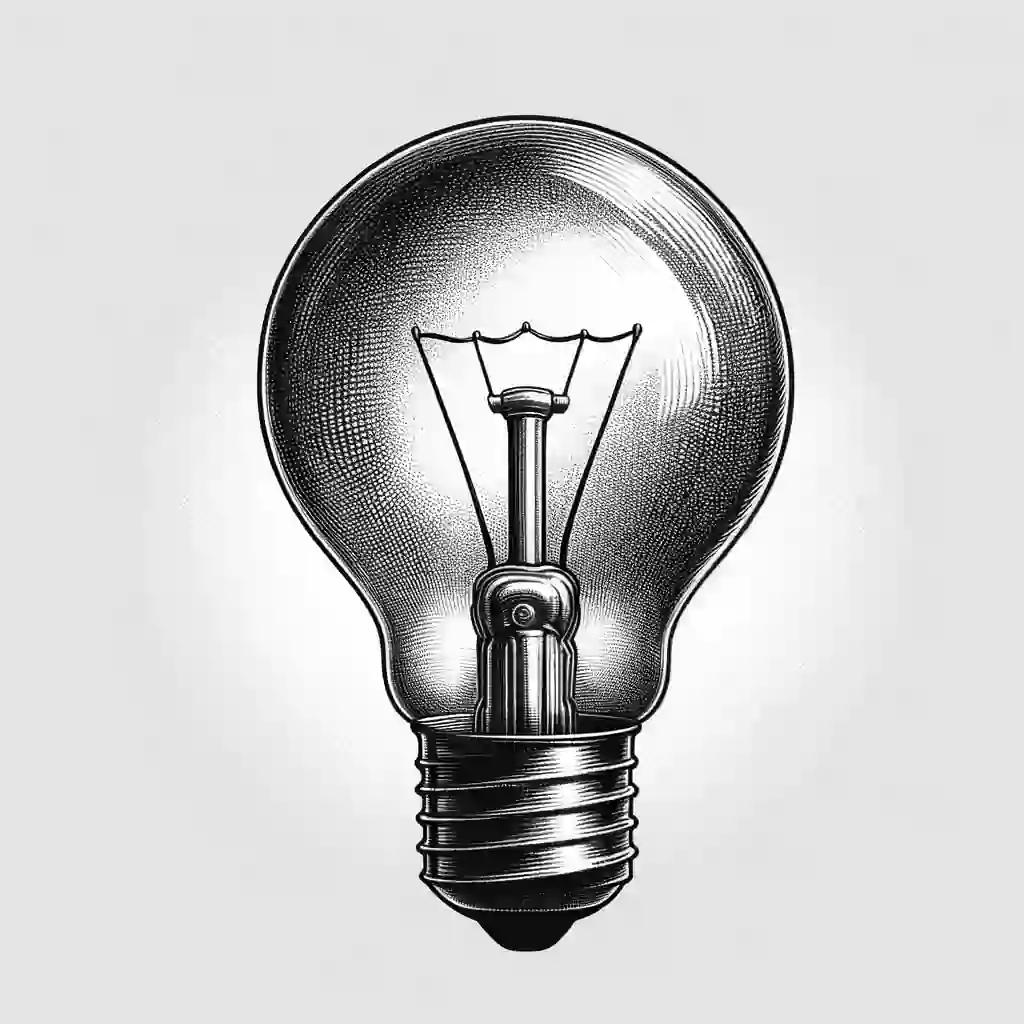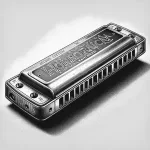Inventing is an exciting and challenging hobby that involves creating new devices, processes, systems, or methods that have practical utility. It’s a blend of creativity, science, engineering, and imagination. Inventing allows individuals to bring their ideas to life, offering solutions to everyday problems or introducing novel products that can change the way we live.
Inventing History
The history of inventing is as old as humanity itself, with early inventions like the wheel, fire, and tools laying the groundwork for civilization. Throughout history, inventions have sparked revolutions, such as the Industrial Revolution and the Information Age. Famous inventors like Leonardo da Vinci, Thomas Edison, Nikola Tesla, and Steve Jobs have become household names, each contributing significantly to our modern world.
Who Will Enjoy Inventing?
Inventing is ideal for those who are curious, enjoy problem-solving, and have a passion for creating. It appeals to a wide range of people, from engineers and scientists to artists and tinkerers. If you find yourself constantly coming up with ideas to improve existing products or dreaming about creating something entirely new, inventing might be the perfect hobby for you.
Equipment and Materials
Inventing requires a varied toolkit, and the right equipment can make a significant difference. Here’s a more detailed breakdown:
- Mechanical Inventing: Essential tools include a basic set of hand tools (screwdrivers, hammers, pliers), a drill, a set of wrenches, and measuring tools like calipers and rulers. Materials might include various metals, plastics, and fasteners.
- Electronic Inventing: Start with a soldering iron, a multimeter, a breadboard, and a basic set of electronic components like resistors, capacitors, and LEDs. Microcontrollers like Arduino or Raspberry Pi are also invaluable for creating smart devices.
- Software and App Development: For digital inventions, you’ll need a reliable computer, access to programming software or IDEs (like Visual Studio, Eclipse), and possibly subscription to cloud services for app testing and deployment.
- Prototyping: Tools like 3D printers, laser cutters, and CNC machines have become more accessible and can dramatically speed up the prototyping process. For less complex prototypes, materials like cardboard, foam, and modeling clay can be useful.
How to Start Inventing for Beginners
- Identify a Problem or Need: Start by observing your daily life or thinking about your hobbies. Note down any inconveniences or inefficiencies you encounter. Think about how these problems affect others as well.
- Ideation and Research: Once you’ve identified a problem, brainstorm multiple solutions. Research existing products or solutions to ensure your idea is unique. Use online databases and forums for broader insights.
- Conceptualize Your Invention: Create detailed sketches or use software like CAD (Computer-Aided Design) for more precise designs. This step is crucial in visualizing your idea and planning its functionality.
- Build a Prototype: Start simple. Use affordable materials to build your first model. This prototype doesn’t have to be perfect; it’s a physical manifestation of your idea for testing and refinement.
- Test and Refine: Test your prototype in real-world conditions. Gather feedback from potential users. Be prepared to make several iterations, improving your design each time based on the feedback and test results.
- Protect Your Invention: Research patent laws in your country. Consider filing a provisional patent to protect your idea while you work on refining your invention. Keep detailed records of your design process.
Tips & Tricks
- Keep Learning: Stay updated with the latest in technology and science.
- Network with Other Inventors: Join inventing clubs or online communities.
- Document Everything: Keep a detailed record of your process for patent purposes.
- Be Persistent: Inventing involves trial and error; don’t get discouraged by setbacks.
Inventing in the Digital Age
The digital age has transformed inventing. Access to online resources, digital fabrication tools like 3D printers, and crowdfunding platforms have made it easier than ever for individual inventors to bring their ideas to life.
Can Inventing Make Money?
Inventing can be lucrative, but it’s not always a direct path to financial success. Licensing your invention to companies, starting a business, or crowdfunding are ways inventors monetize their creations. However, the process can be complex and requires a strategic approach.
Useful Resources
- United States Patent and Trademark Office (USPTO): For information on patents and trademarks.
- Maker Faire: A gathering of inventors and DIY enthusiasts.
- Instructables: A community for sharing DIY projects and ideas.
- Kickstarter: A platform for crowdfunding new inventions.
Inventing is a journey of discovery and innovation. It provides a unique opportunity to leave a mark on the world, solving problems and creating wonders. Whether it’s a simple gadget or a groundbreaking technology, every invention starts with an idea and a passionate inventor ready to bring it to life.












